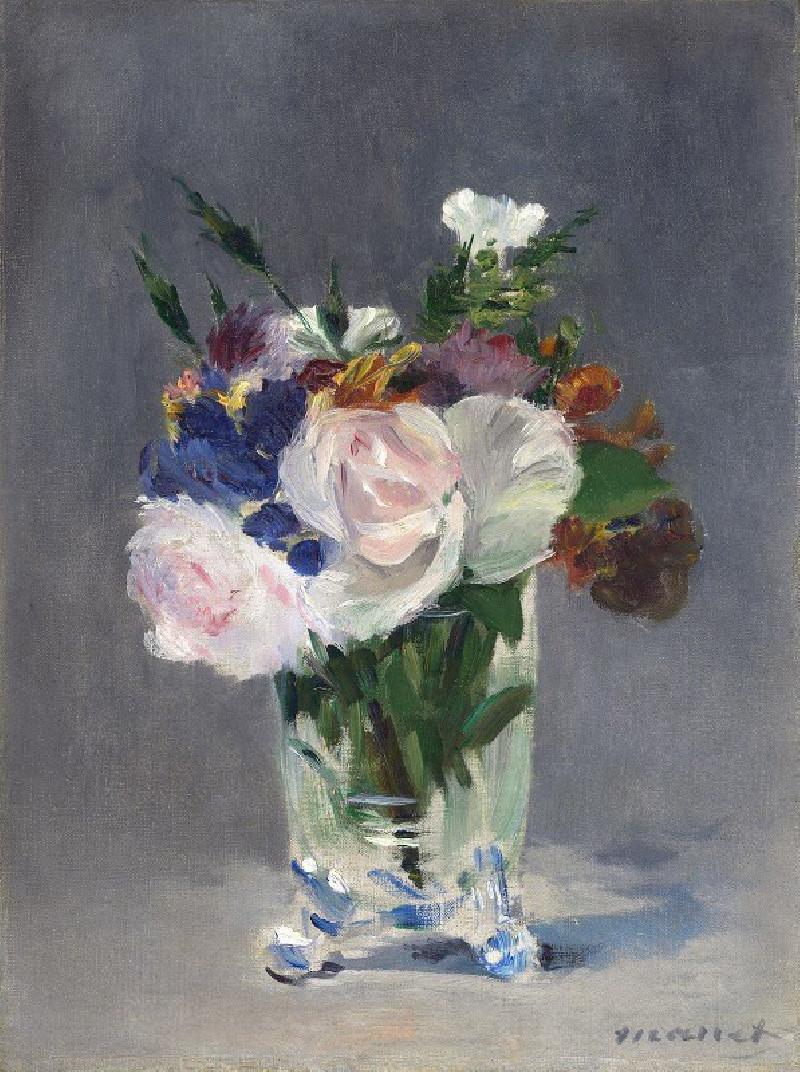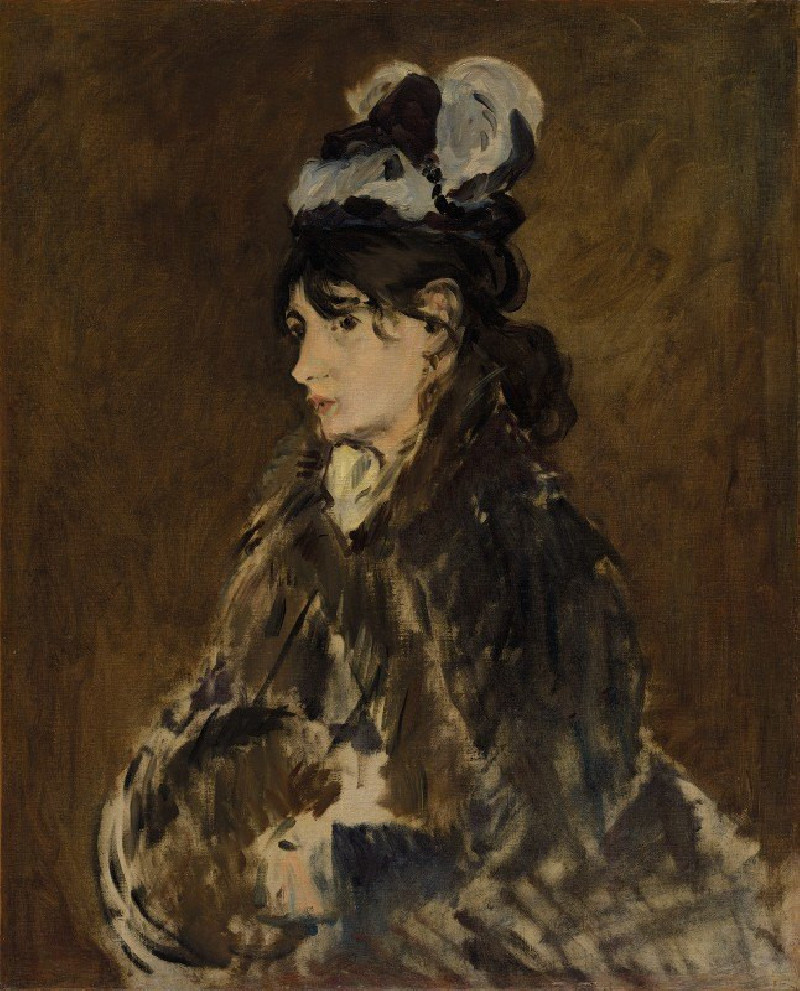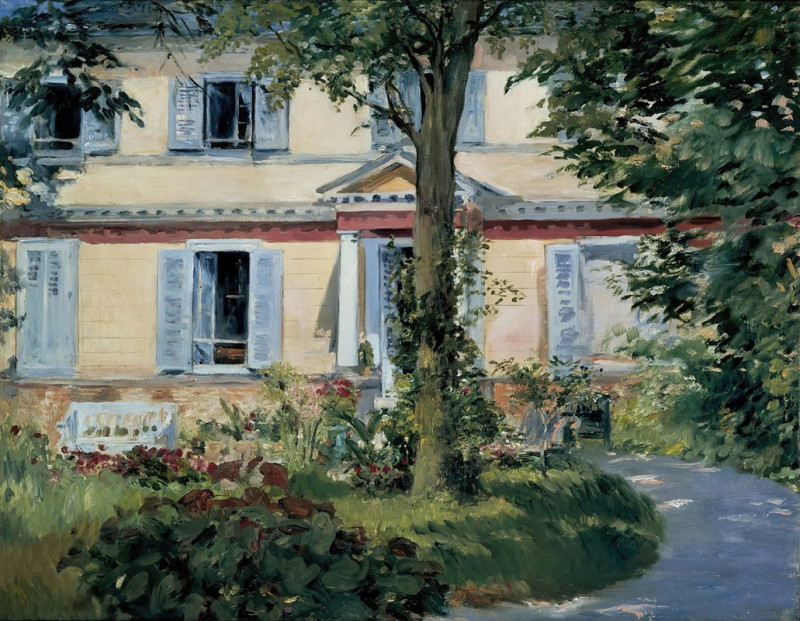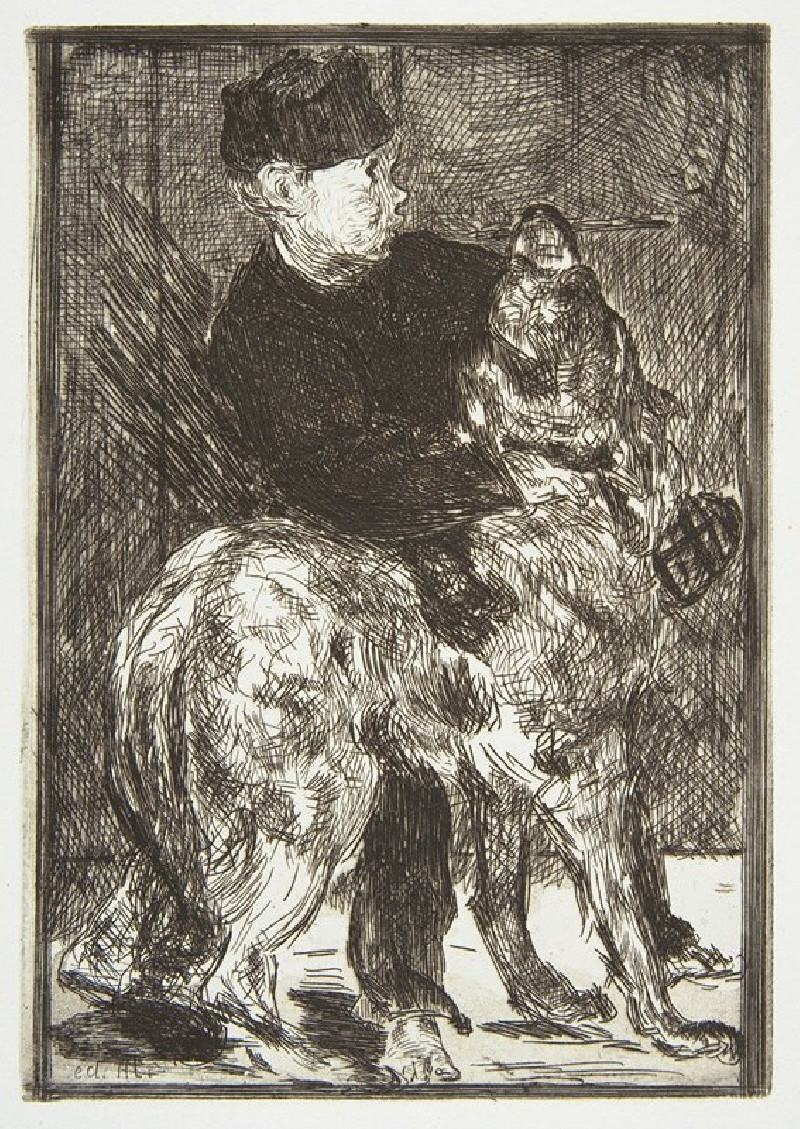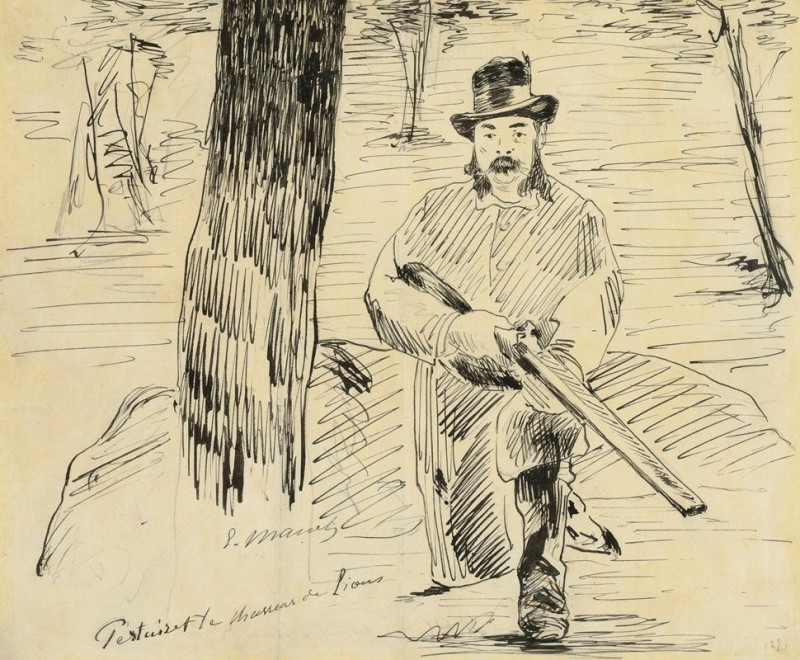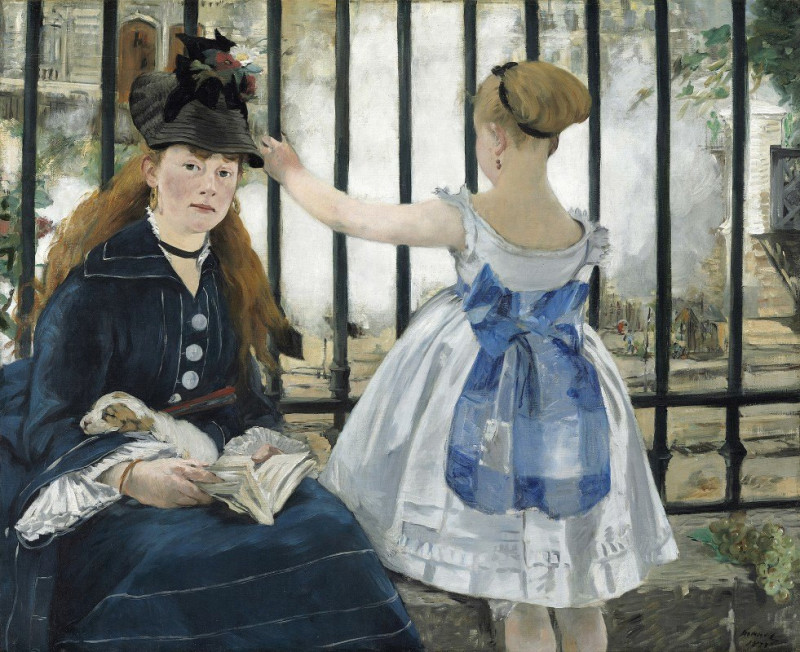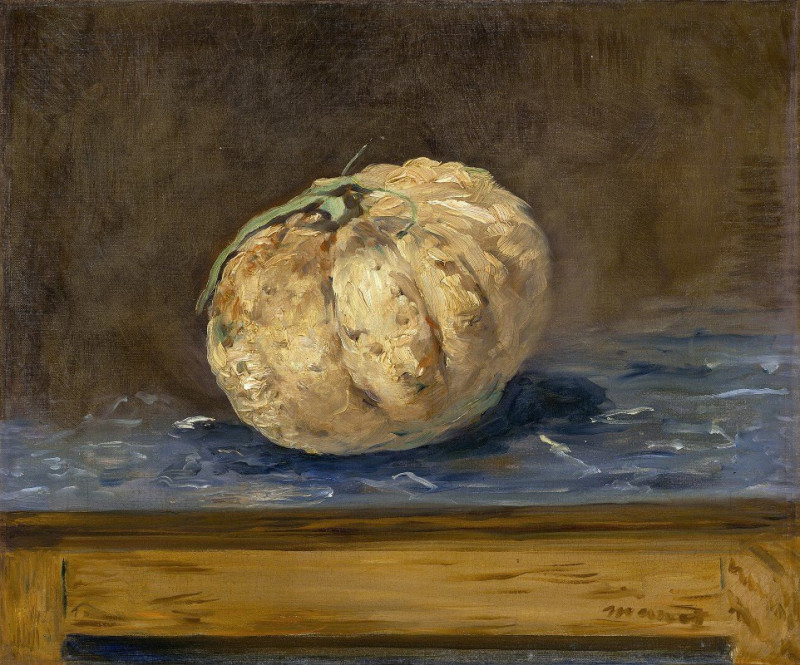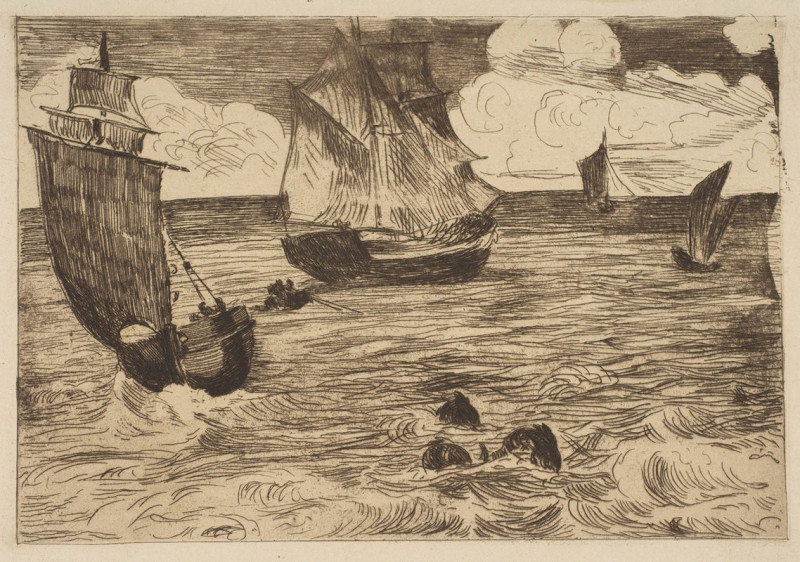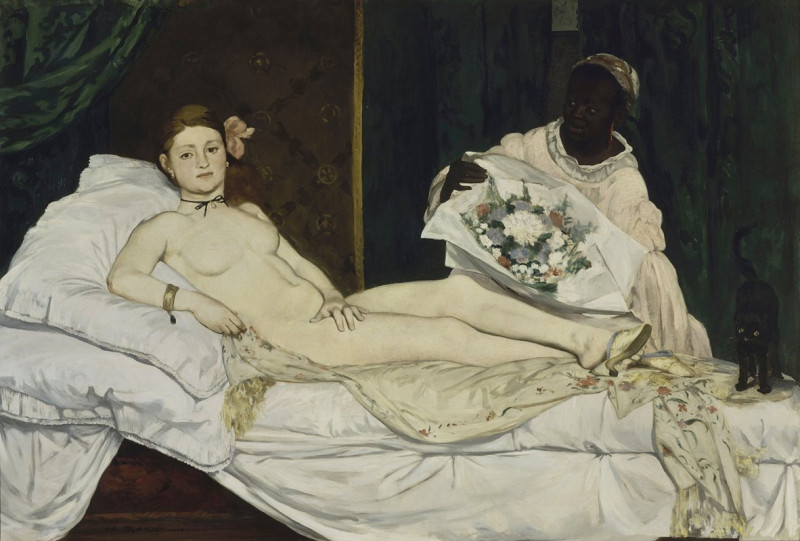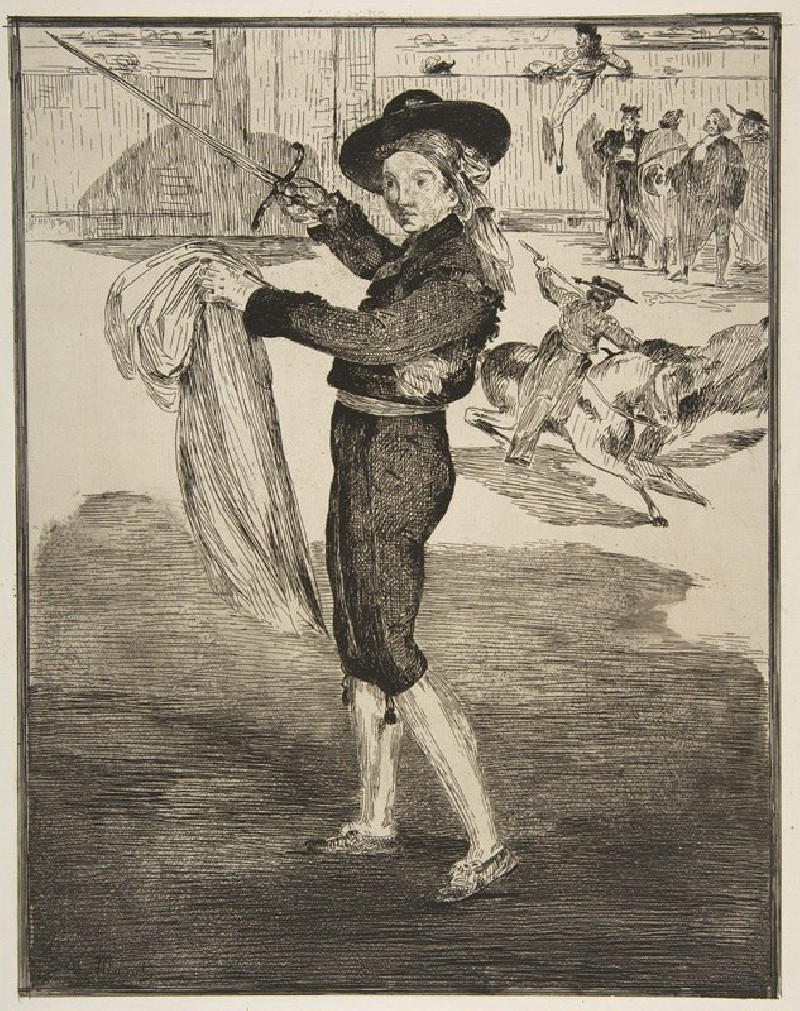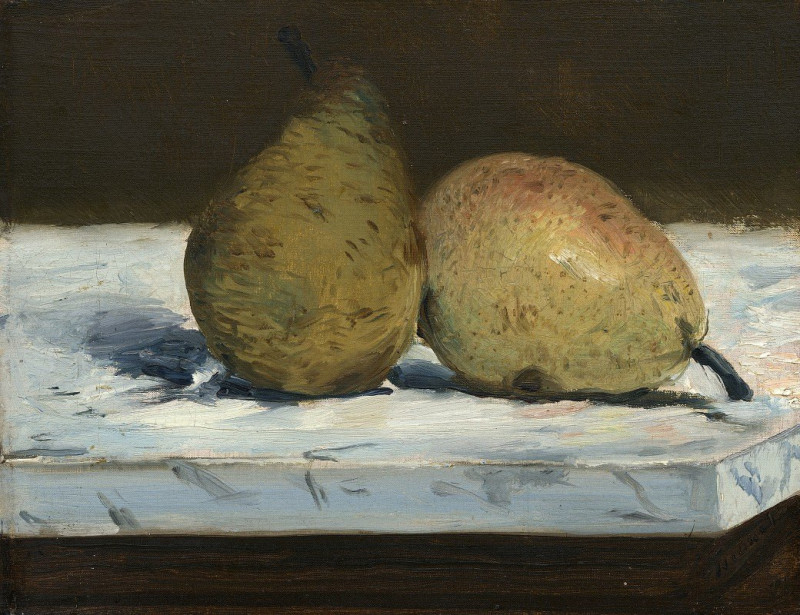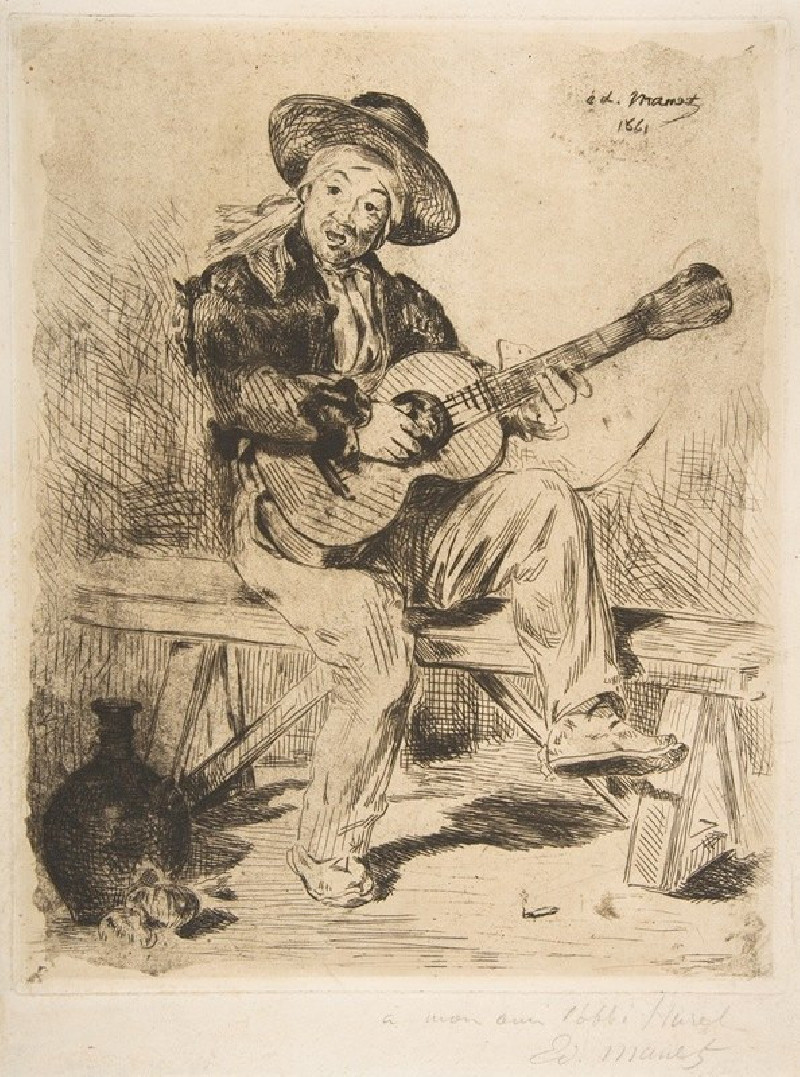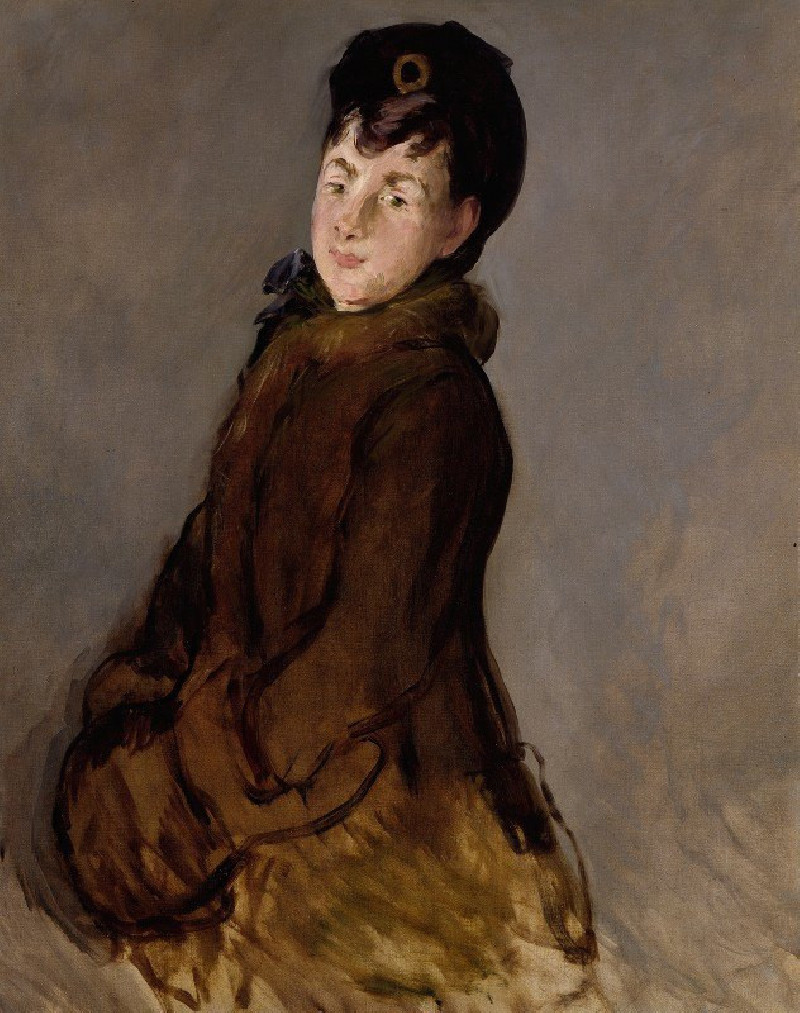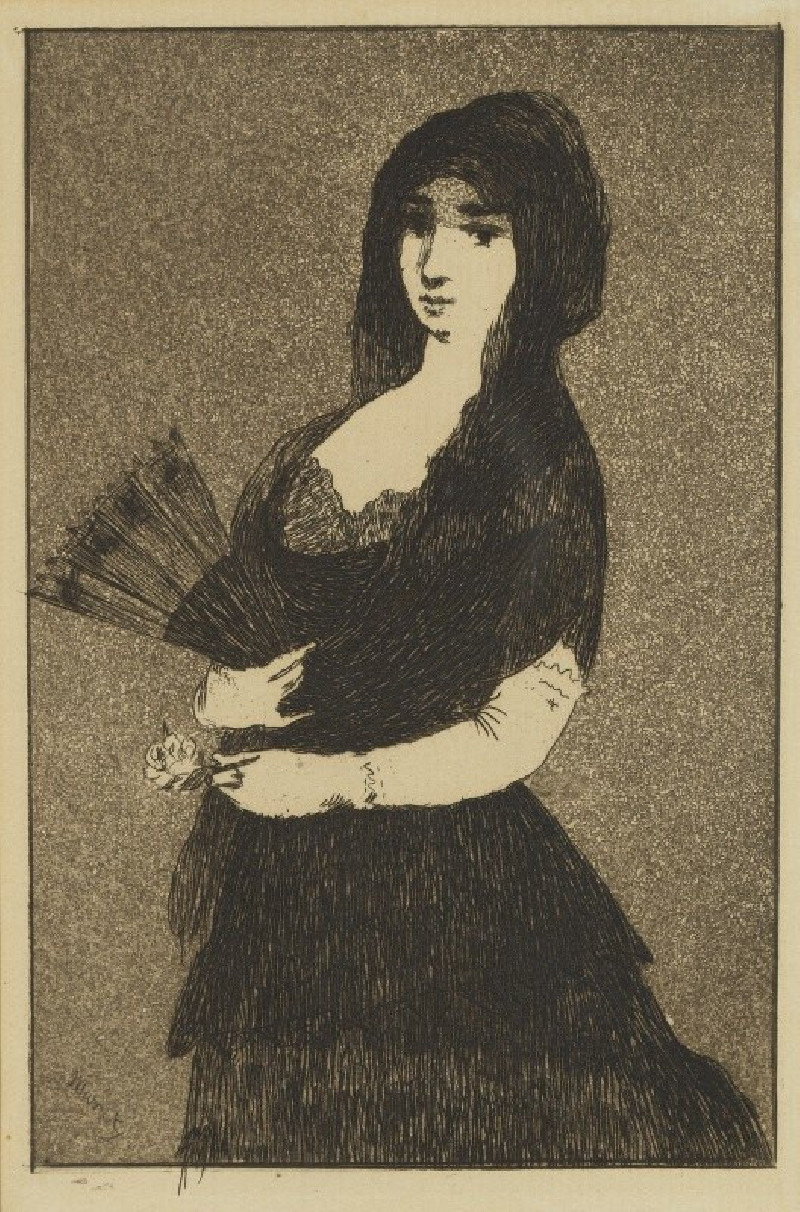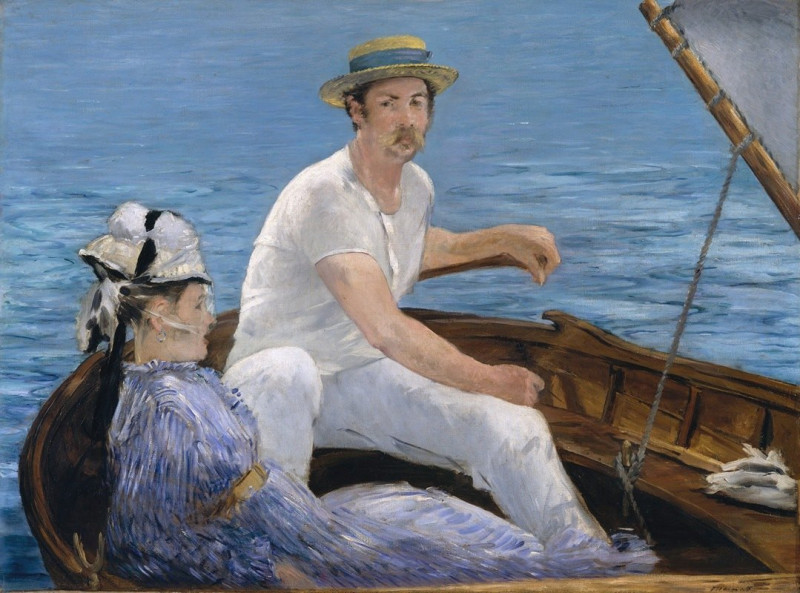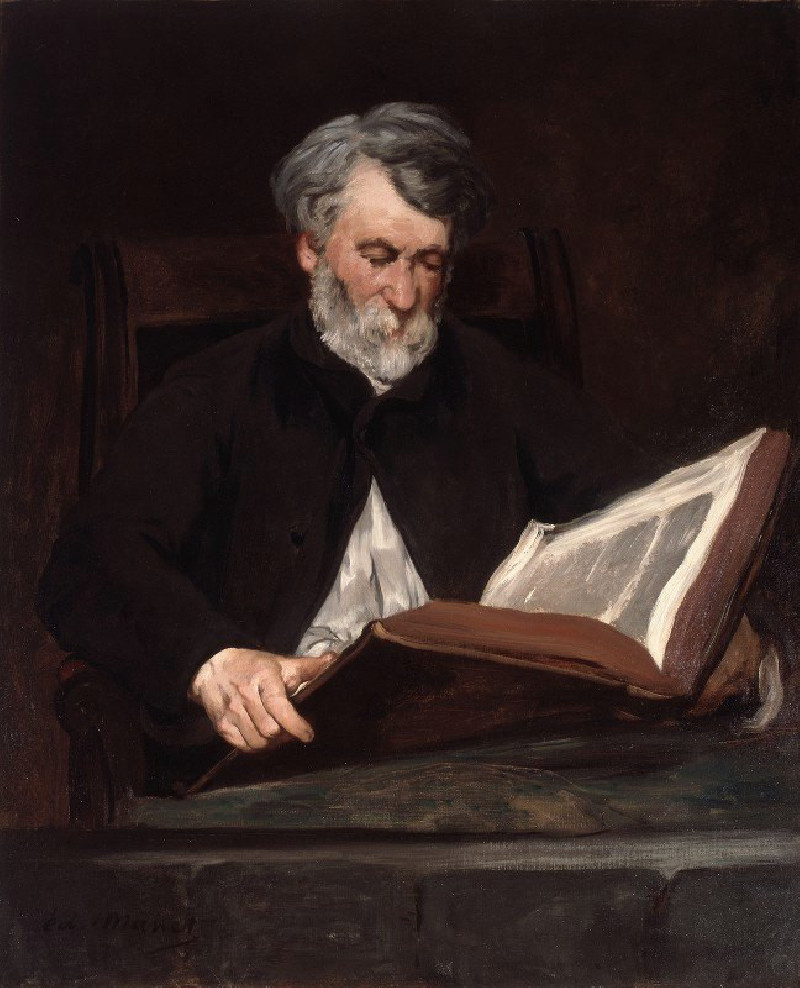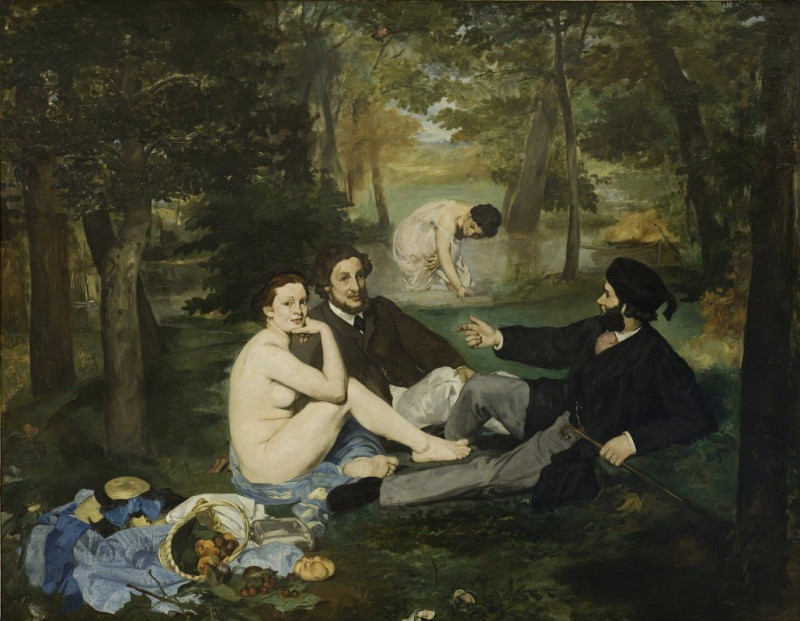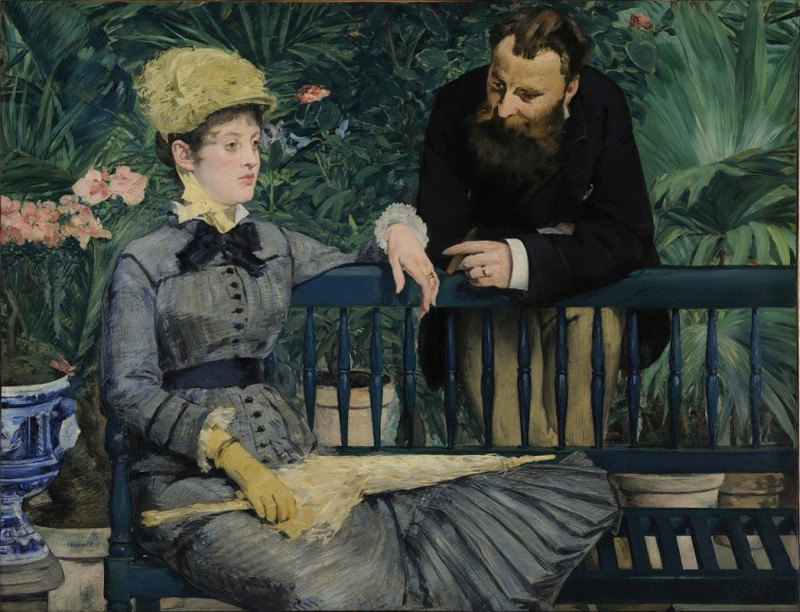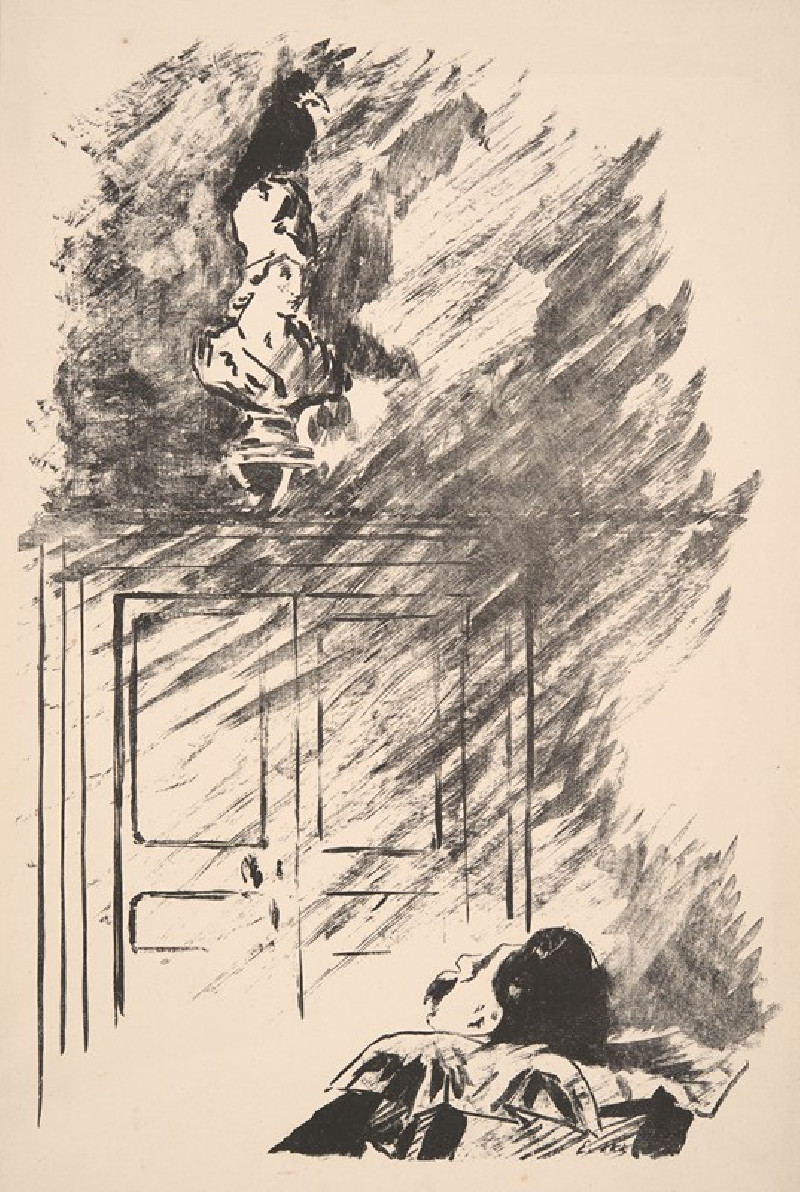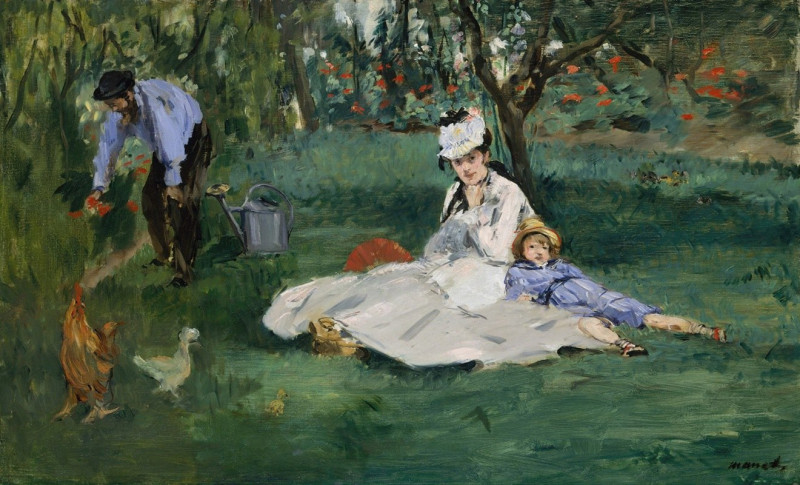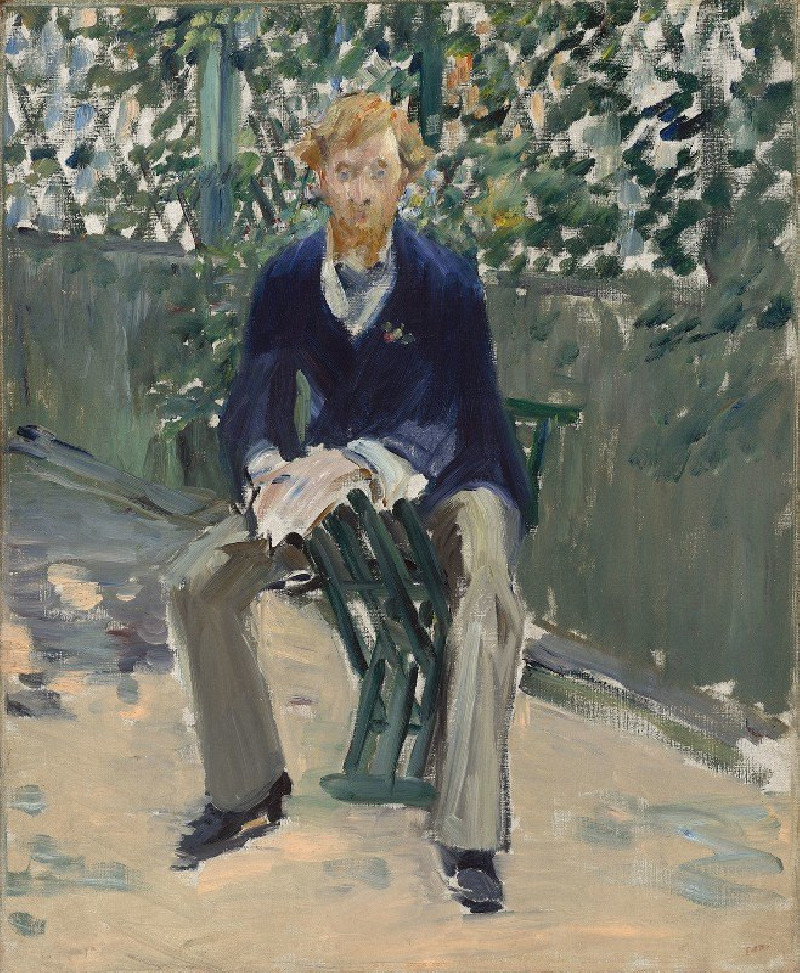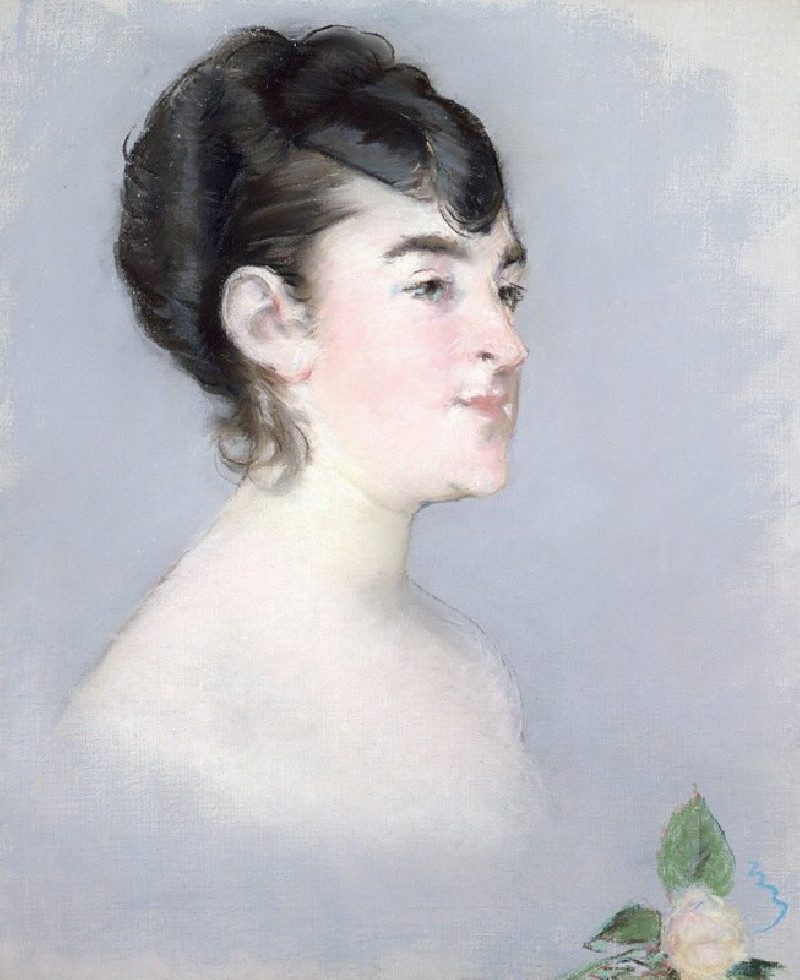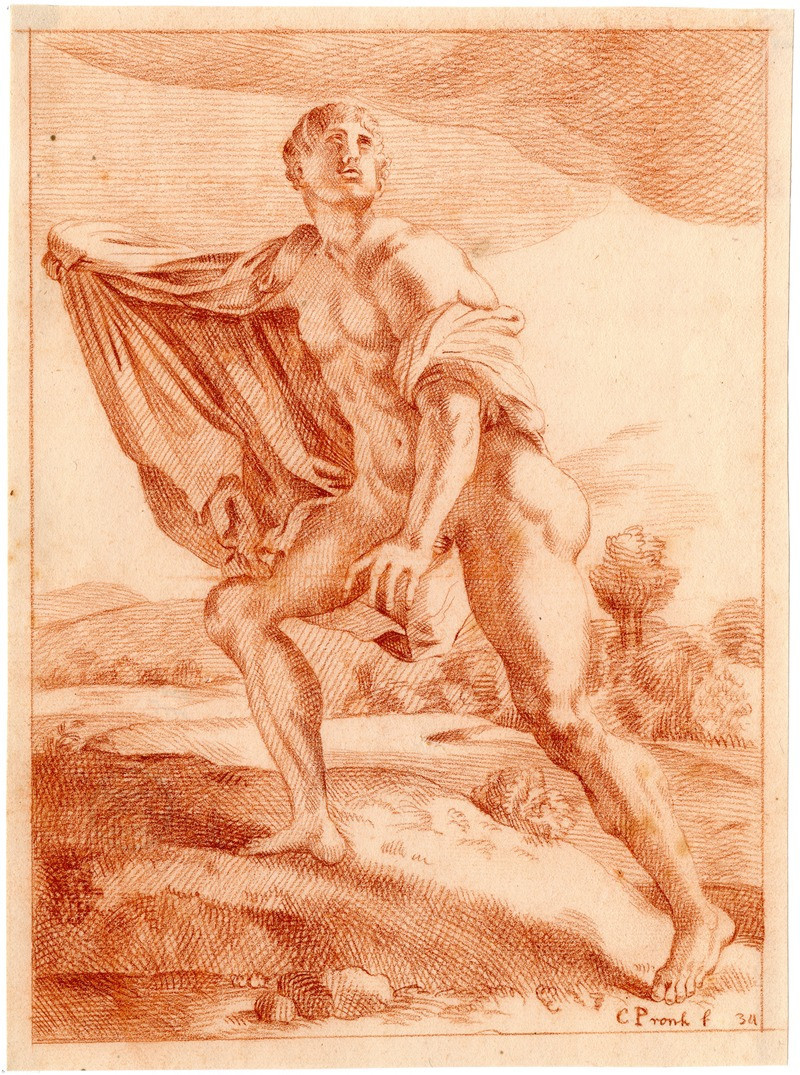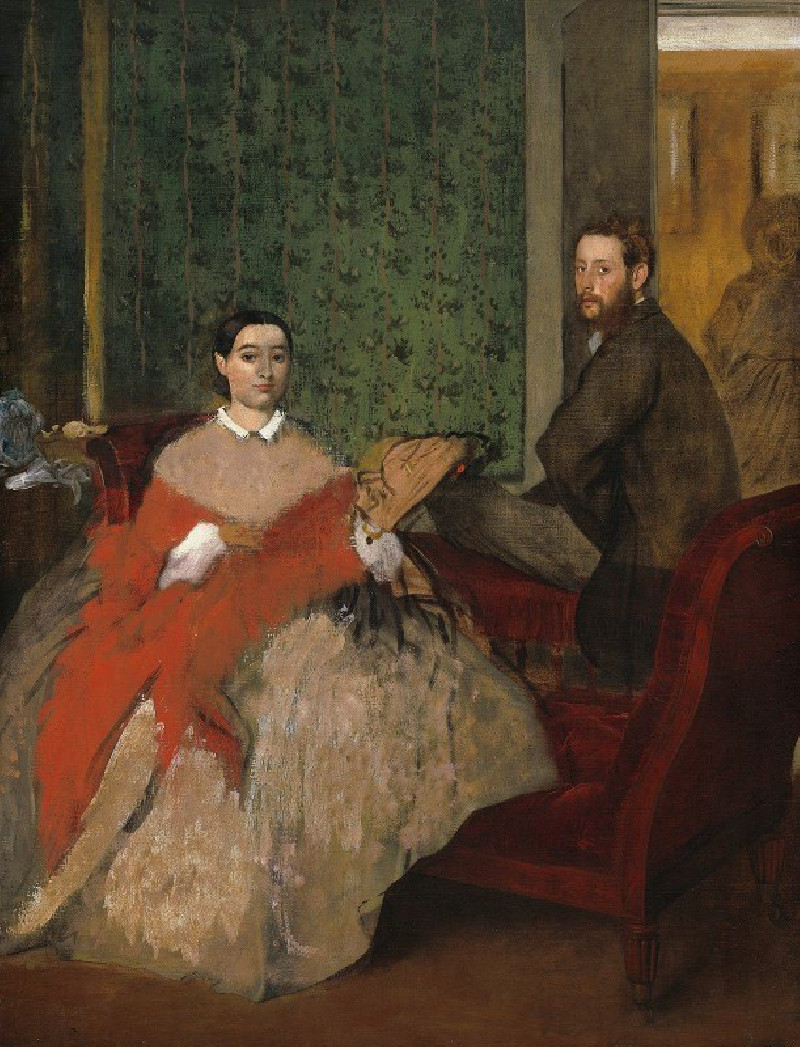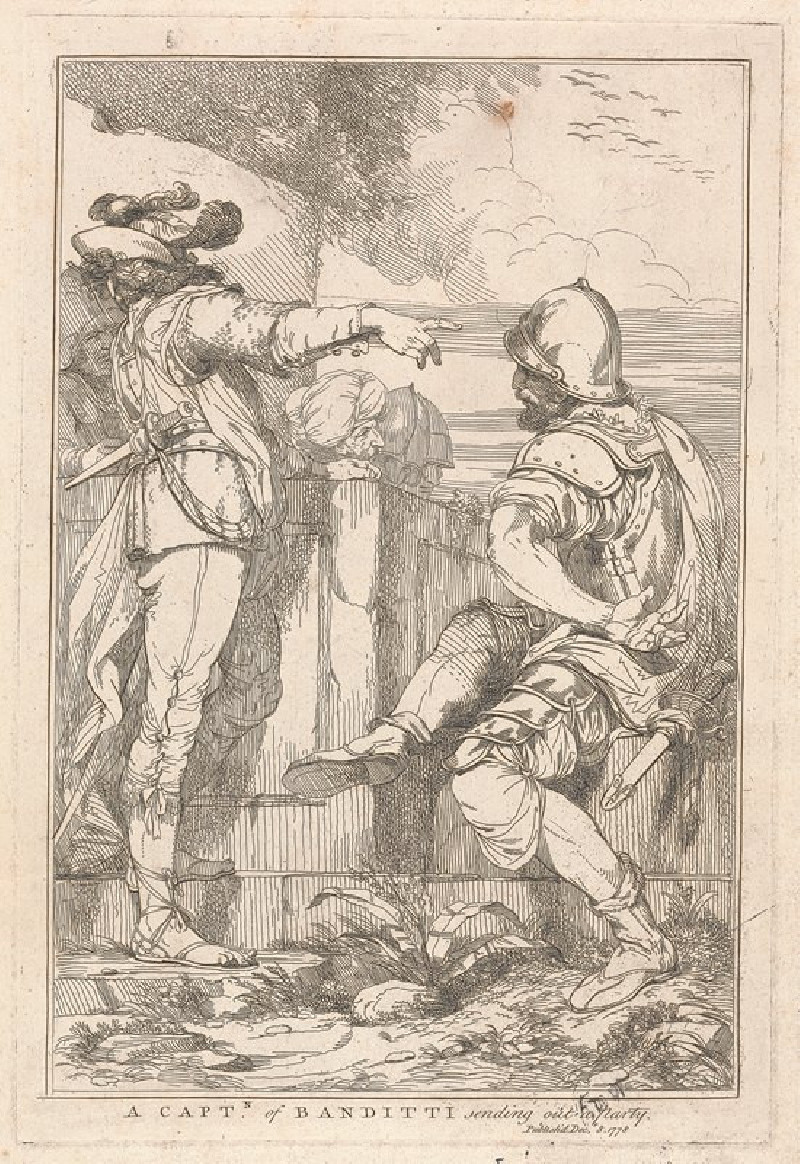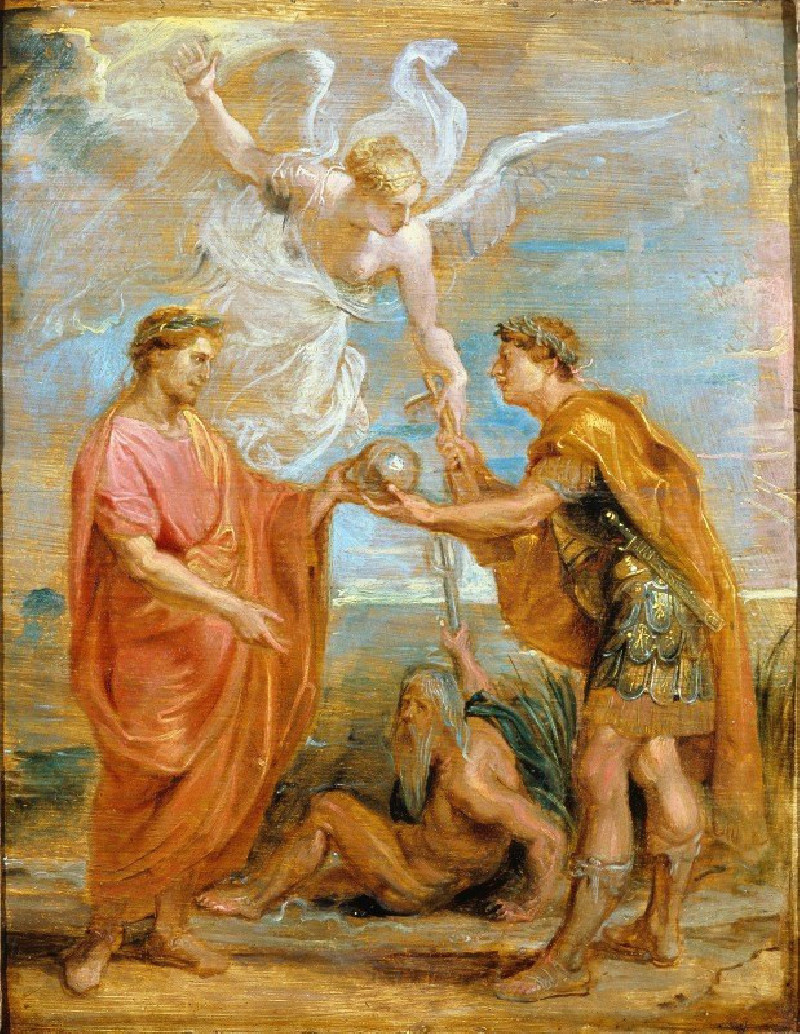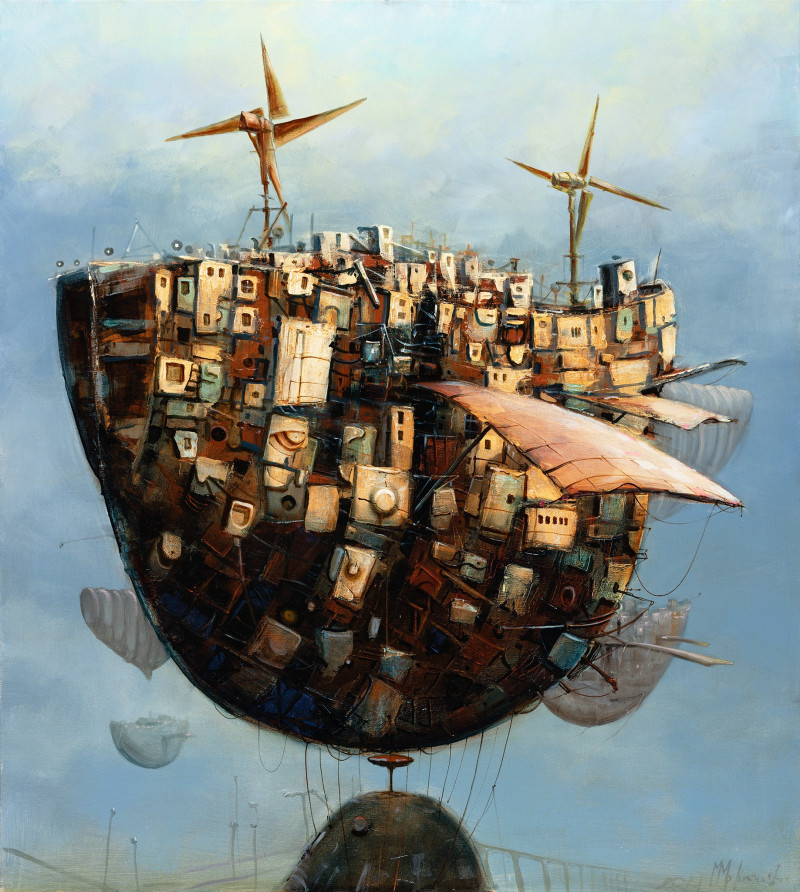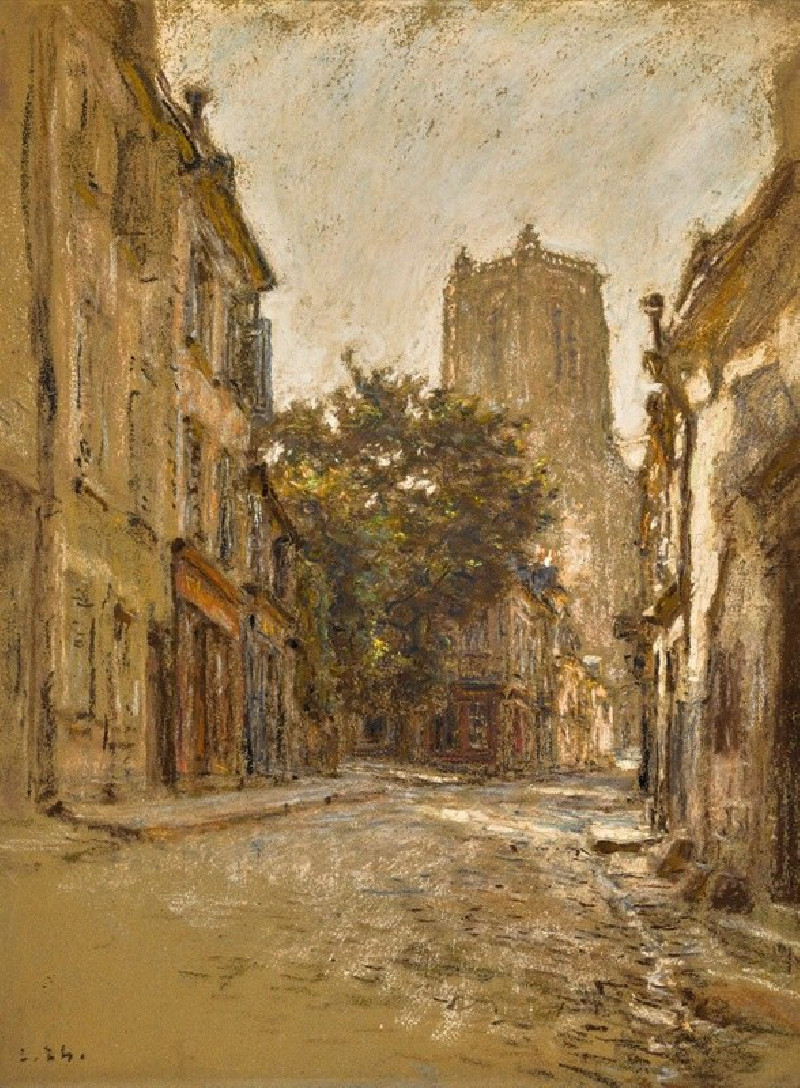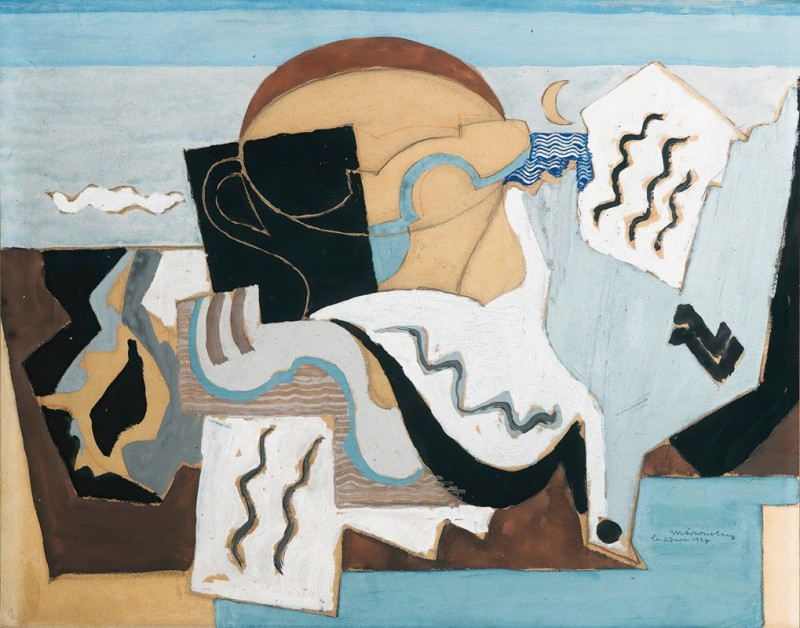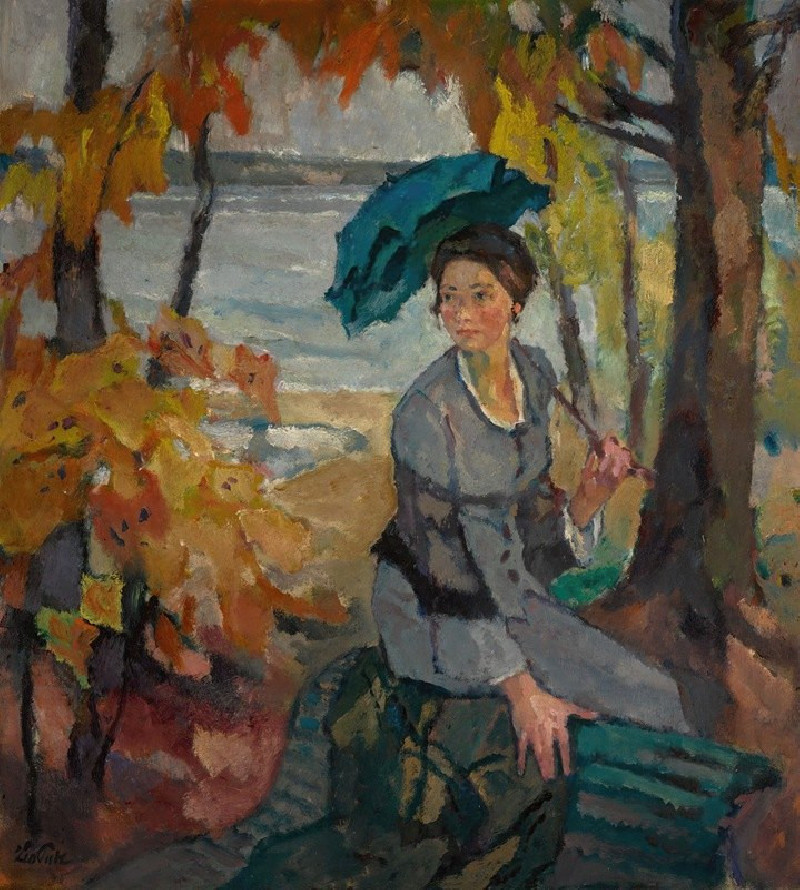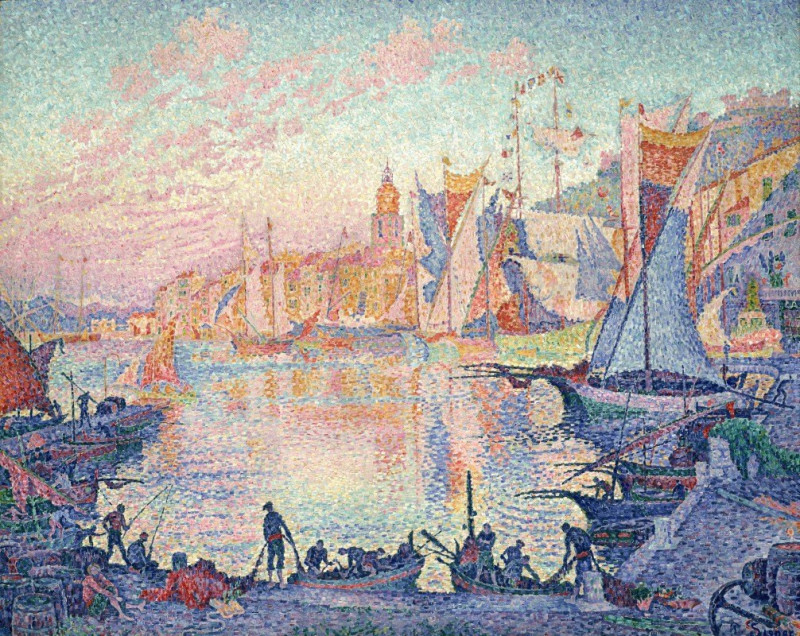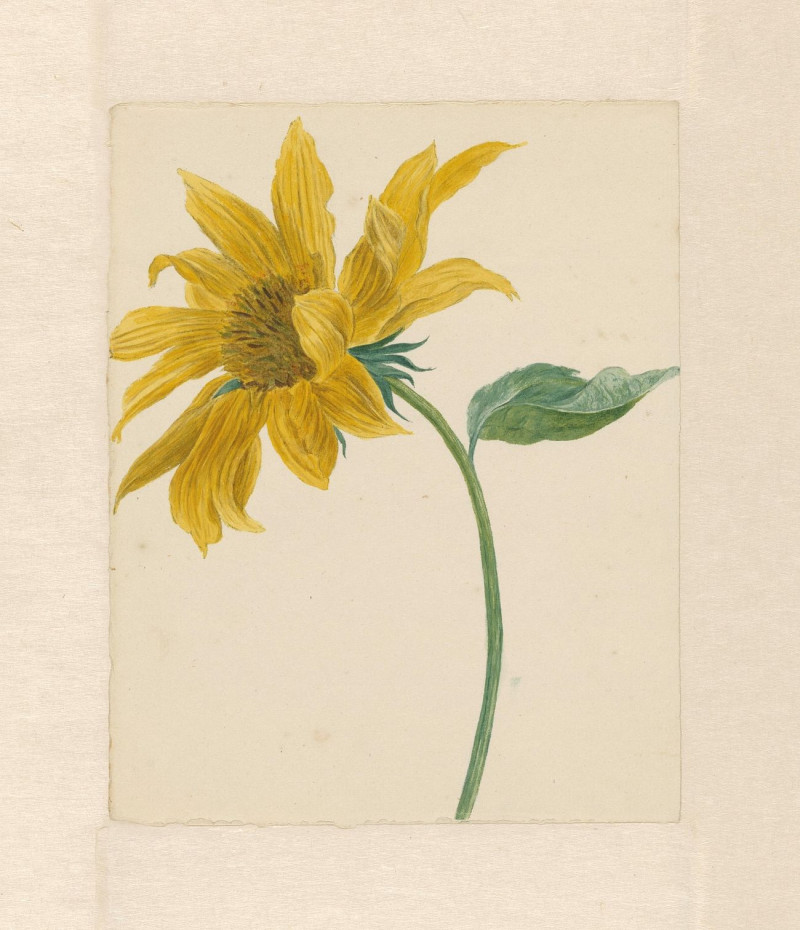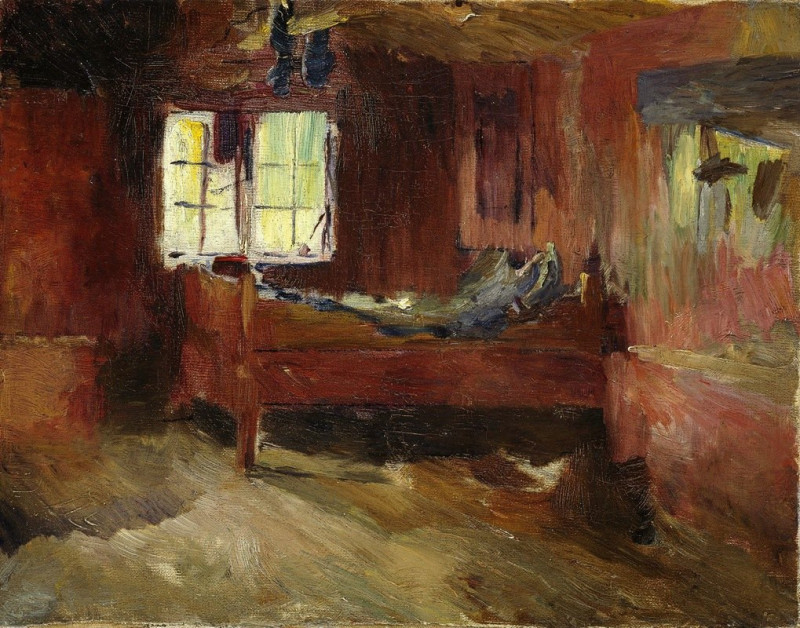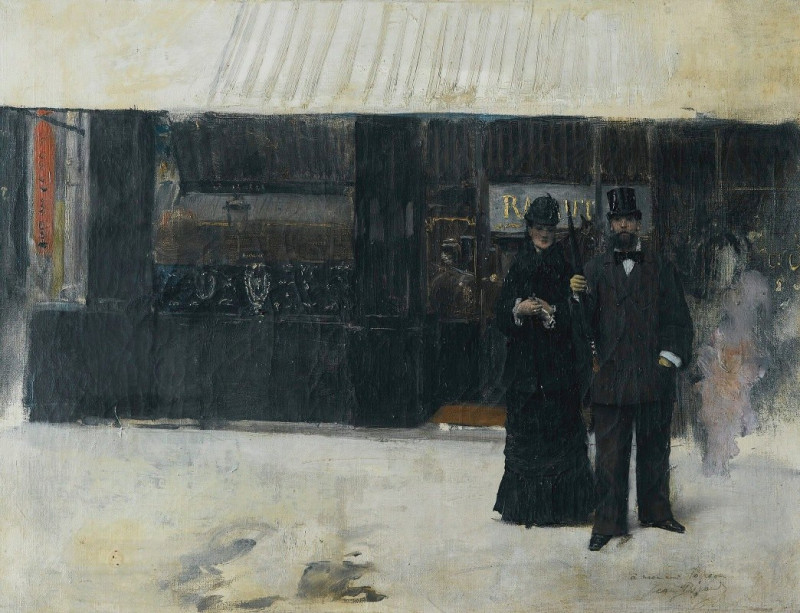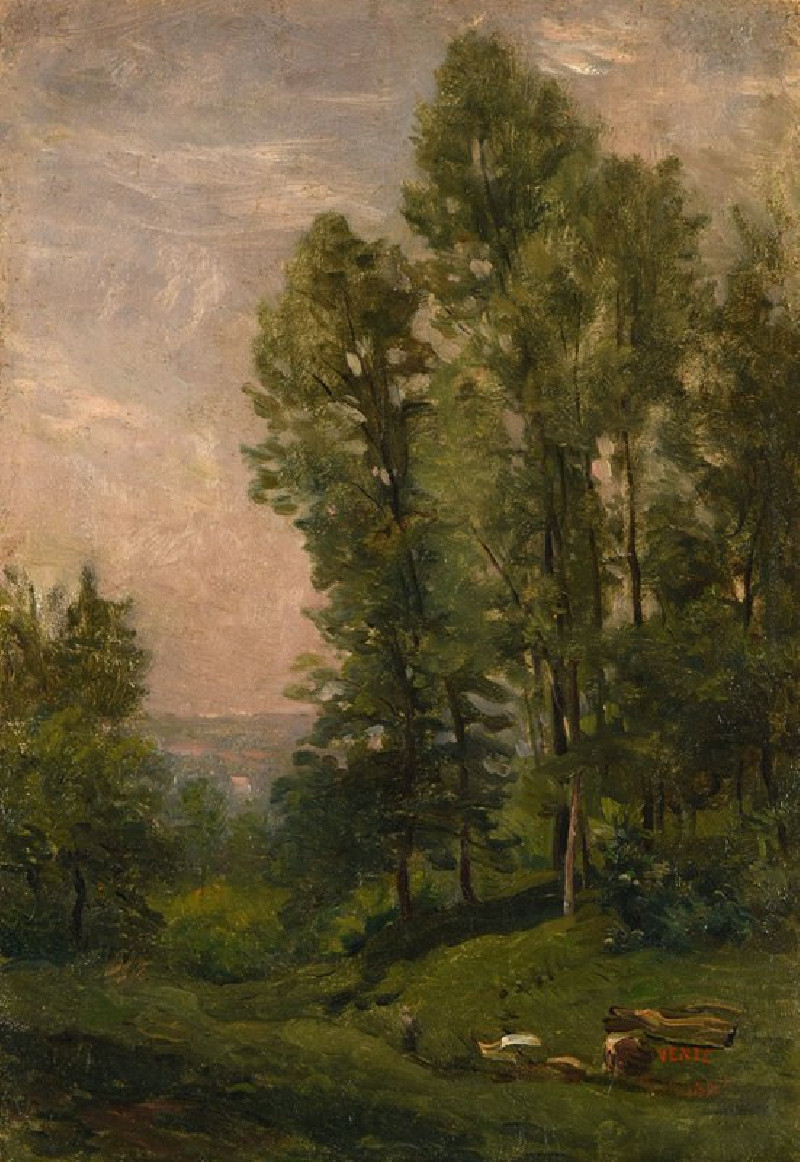Civil War (Guerre civile) (1871)
Technique: Giclée quality print
Recommended by our customers
More about this artwork
""Edouard Manet's poignant work, "Civil War (Guerre civile)" painted in 1871, captures the grim aftermath of the Paris Commune, a brief but intensely impactful period of civil strife that left an indelible mark on French society. This striking lithograph presents a haunting scene of devastation in the wake of conflict, quite removed from the elegance often associated with Paris.In the foreground, the bodies of fallen Communards lie strewn amidst the debris, their lifeless forms a stark contrast to the blurred, bustling cityscape in the background. Manet’s masterful use of swift, heavy strokes conveys the overwhelming despair and destruction of war. The barren scattered cobbles and somber tones resonate with the mournful atmosphere.This powerful image serves not only as an artistic representation but also as a historical reflection, capturing the tragic consequences of political turmoil and human suffering caused by civil war.
Delivery
Returns
Édouard Manet (1832–1883) was a French modernist painter and one of the first 19th century artists to paint modern life. His impressionist style is characterized by relatively small and thin brushstrokes that create emphasis on light depiction. Manet was one of the key artists in the transition from realism to impressionism, along with Claude Monet, Edgar Degas, and Pierre-Auguste Renoir. However, he resisted involvement in any one specific style of painting, and only presented his work to the Salon of Paris instead of impressionist exhibitions. His early masterworks, The Luncheon on the Grass and Olympia, created great controversy and served as a rallying point for other young painters.


